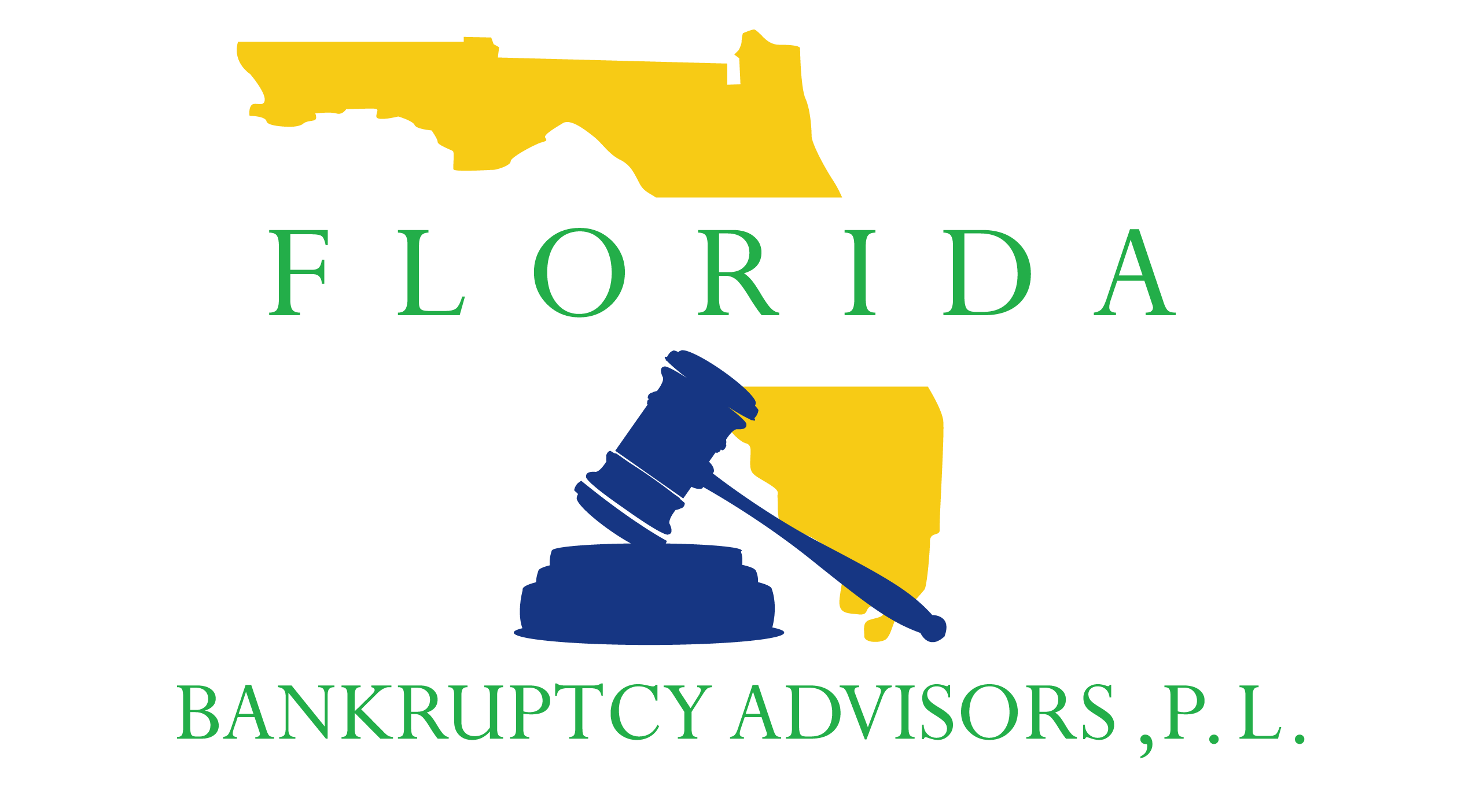What is a Proof of Claim?
A proof of claim is an Official Form created by the bankruptcy courts within parameters set by the U.S. Congress. The proof of claim form is used to disclose the details of a creditor’s claim against the bankrupt debtor.
What is a Proof of Claim?
The proof of claim outlines important elements of the claim. Like the name and address of the creditor filing the claim, the amount of the claim, the basis for the claim, whether the claim is secured by collateral, and whether the claim is entitled to some priority treatment under the bankruptcy code (such as claims related to domestic support obligations and taxes or penalties to governmental units. See 11 U.S.C. § 508 for an outline of all priority claims). Supporting documentation, such as final judgment or promissory note, for example, must also be attached.
If there are any distributions being made to creditors in a bankruptcy case, the only creditors entitled to receive their share of such distributions are creditors that hold an “allowed” claim. In both Chapter 7 bankruptcies and Chapter 13 bankruptcies, all creditors must file a proof of claim or interest in the bankruptcy case for the claim or interest to be allowed (See Federal Rule of Bankruptcy Procedure 3002). This is true for all secured creditors, unsecured creditors and even equity security holders. Chapter 11 bankruptcy has an exception to this general rule, as explained below. Regardless of bankruptcy chapter, a proof of claim is deemed to be an allowed claim unless a party in interest objects to the claim, and the court rules in favor of such objection. (see 11 U.S.C. § 502).
Of course, there is a deadline which is commonly referred to as the “bar date”. While governmental units have 180 days after bankruptcy petition is filed to file their proof of claim. However, everyone else is typically required to file their claim no later than 70 days after bankruptcy petition. Which is commonly referred to as the “order for relief” is filed.
However,
However, as most chapter 7 cases filed in our jurisdiction do not result in any distributions to creditors (due to a lack of non-exempt assets in the bankruptcy estate), proof of claim forms in Chapter 7 bankruptcies are typically not required until and unless the Chapter 7 trustee determines that there will be a distribution to creditors. If the trustee makes such a determination, trustee will file a “Notice of Assets”. Moreover, a deadline for filing claims will be established as provided by Bankruptcy Rule 3002(c)(5). And noticed pursuant to our jurisdiction’s Local Rule 2002-1(C)(7).
If distributions are expected to be made in a bankruptcy case, most creditors will follow the required steps to ensure that they have an allowed claim in the bankruptcy case (again, an allowed claim is a claim that was properly and timely filed, and is not successfully objected to and ultimately stricken by the court). There are some limited instances where certain type of creditor may not want to file proof of claim.
For example, a creditor may want to avoid falling under jurisdiction of bankruptcy court or preserve its rights to jury trial out of concerns that bankruptcy trustee may bring some against creditor, or that debtor may bring certain counter claims against such creditor. In these limited circumstances, creditors should weigh benefits and potential detriments of filing a proof of claim in bankruptcy case. But again, these situations are not norm. Subsequently, in majority of instances, a creditor with good-faith claim against debtor will ensure that they have valid claim. Which is filed in bankruptcy to preserve their rights to their allowed share of any distribution from bankruptcy estate (and their right to vote on debtor’s plan of reorganization in a Chapter 11 bankruptcy).
Reaffirmations in Bankruptcy
We understand what you're going through and want to help.
Call Now for a FREE Phone Consultation with an Experienced Bankruptcy Attorney to learn more about how bankruptcy may help you.
